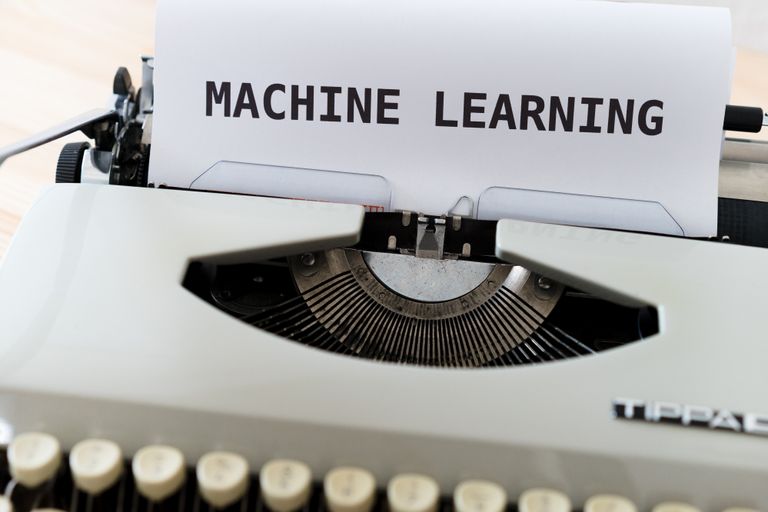Hello everyone!
Today, I want to give you a total overview about machine learning. We have been hearing about machine learning from one place or another, but what actually is this machine learning? If you're so inquisitive to know about this topic, then endeavour to read this article till the end.
What is Machine Learning?
Machine learning is a subfield of artificial intelligence (AI) that focuses on the development of algorithms and statistical models that enable computers to improve their performance on a specific task through learning from data, without being explicitly programmed.
Types of Machine Learning
Supervised Learning: In supervised learning, the algorithm is trained on labeled data, where the input data is paired with the correct output. The goal is to learn a mapping from inputs to outputs, making it suitable for tasks like classification and regression.
Unsupervised Learning: Unsupervised learning deals with unlabeled data. The algorithm attempts to discover patterns or structures within the data, such as clustering similar data points or reducing the dimensionality of the data.
Semi-Supervised Learning: This is a hybrid approach that combines elements of both supervised and unsupervised learning. It uses a small amount of labeled data and a larger amount of unlabeled data for training.
Reinforcement Learning: In reinforcement learning, agents learn to make decisions by interacting with an environment. They receive feedback in the form of rewards or penalties, and the goal is to maximize the cumulative reward over time. This is commonly used in areas like robotics and game playing.
Deep Learning: Deep learning is a subset of machine learning that involves neural networks with many layers (deep neural networks). It has achieved remarkable success in various tasks, including image recognition, natural language processing, and autonomous driving.
Key Components of Machine Learning
Data: High-quality, relevant data is the foundation of machine learning. It is used for training, validation, and testing.
Features: Features are the characteristics or attributes of the data that the model uses to make predictions. Feature engineering involves selecting and preprocessing these attributes.
Algorithms: Machine learning algorithms are the mathematical models and techniques that learn from data and make predictions or decisions. Common algorithms include decision trees, support vector machines, k-nearest neighbors, and deep neural networks.
Loss or Cost Functions: These functions measure the error or deviation between the model's predictions and the actual outcomes. The goal is to minimize this error during training.
Hyperparameters: Hyperparameters are settings or configurations of the machine learning algorithm that are not learned from the data but must be set prior to training. Examples include learning rates and model architecture choices.
Training and Inference: Training is the process of updating the model's parameters using the training data to minimize the loss function. Inference is using the trained model to make predictions on new, unseen data.
Challenges and Considerations of Machine Learning
Overfitting: Overfitting occurs when a model learns the training data too well and performs poorly on new, unseen data. Regularization techniques and validation sets are used to combat overfitting.
Bias and Fairness: Machine learning models can inherit biases from the data they are trained on. Ensuring fairness and mitigating biases in machine learning is an important ethical consideration.
Scalability: As datasets and model complexity grow, scalability becomes a challenge. Distributed computing and specialized hardware like GPUs and TPUs are often used to address this.
Interpretability: Understanding why a machine learning model makes a particular prediction is crucial, especially in critical applications like healthcare and finance. Interpretability tools and techniques aim to address this issue.
Application Areas of Machine Learning
Machine learning is applied in a wide range of fields, including:
- Natural language processing (NLP): For tasks like sentiment analysis, language translation, and chatbots.
- Computer vision: For image and video analysis, object detection, and facial recognition.
- Healthcare: In disease diagnosis, drug discovery, and patient care.
- Finance: For fraud detection, risk assessment, and algorithmic trading.
- Autonomous vehicles: For self-driving cars and drones.
- Recommender systems: For personalized content recommendations in e-commerce and entertainment.
- Manufacturing and industry: For predictive maintenance and quality control.
Tools and Frameworks Used in Machine Learning Projects
Various programming languages, libraries, and frameworks are commonly used in machine learning, including Python, TensorFlow, PyTorch, scikit-learn, and Keras.
Conclusion
In conclusion, machine learning is a critical subfield of artificial intelligence that focuses on developing algorithms and models capable of learning and making predictions or decisions from data. It encompasses various types of learning, including supervised, unsupervised, semi-supervised, and reinforcement learning, with deep learning being a particularly influential subset.
Key components of machine learning include data, features, algorithms, loss functions, hyperparameters, and the processes of training and inference. Challenges and considerations in machine learning include addressing overfitting, managing bias and fairness, ensuring scalability, and improving interpretability.
Machine learning finds applications across numerous domains, from natural language processing and computer vision to healthcare, finance, autonomous vehicles, recommender systems, and industrial applications.
The field of machine learning continues to evolve with advancements in research, the development of new tools and frameworks, and its integration into various industries. It plays a pivotal role in shaping the future of technology and has the potential to bring about significant transformations in how we approach problem-solving and decision-making.
